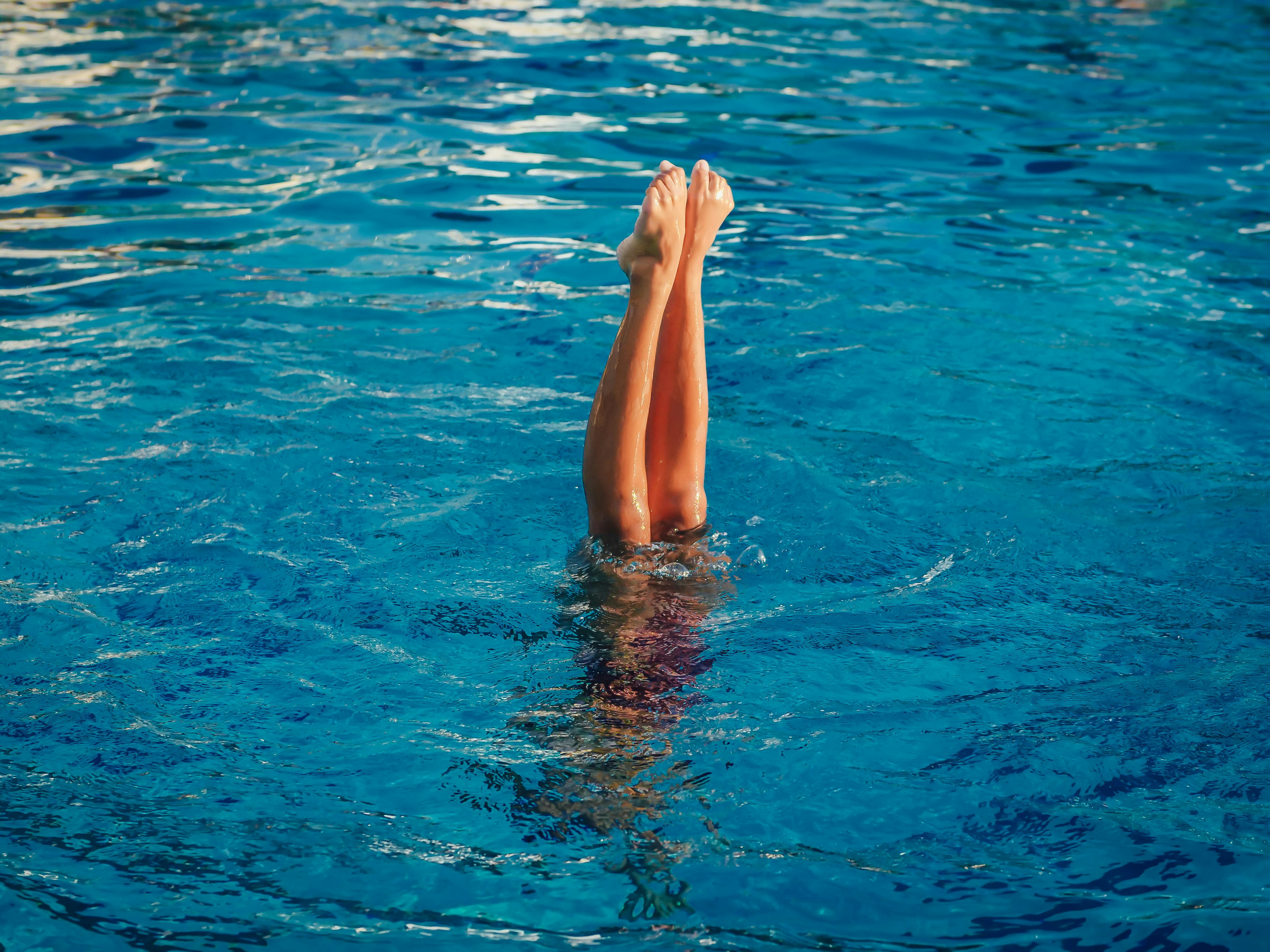A Deep Dive into the Artistry of Synchronized Swimming
Synchronized swimming, a blend of gracefulness, strength, and impeccable timing, is no less than an aquatic ballet. It has transformed from a recreational activity to a competitive sport that tests the limits of human agility and endurance in water. This article dives into the rich history of synchronized swimming, explores current trends, and discusses the training methodologies that help athletes achieve high performance in this challenging sport.

A Glimpse into the Past: The Birth of Synchronized Swimming
Synchronized swimming traces its roots back to the early 20th century when it was popular as a leisure activity. The first recorded competition took place in 1891 in Berlin, Germany, but it was American Katherine Curtis who catapulted the sport to fame in the 1930s with her water ballet performances. The sport debuted at the Olympics in 1984, and since then, it has evolved dramatically, with athletes pushing the boundaries of what’s possible in water.
Riding the Waves of Change: Modern Synchronized Swimming
Modern synchronized swimming is a spectacle of acrobatics and artistry. Athletes perform complex routines in sync with music, demonstrating strength, flexibility, and stamina. The sport has also seen a shift in demographics, with male athletes increasingly making their mark in a traditionally female-dominated discipline. Mixed duets were introduced at the 2015 World Aquatics Championships, paving the way for gender equality in the sport.
Training in the Deep: The Making of a Synchronized Swimmer
Training for synchronized swimming is grueling. It combines elements of ballet, gymnastics, and swimming, requiring athletes to have excellent cardiovascular fitness, strength, and flexibility. Athletes spend hours perfecting their routines, all while holding their breath underwater. Despite the physical demands, the sport promotes team spirit, perseverance, and resilience, values that extend beyond the pool.
The Splash and Dash: Current Trends and Future Directions
Synchronized swimming continues to evolve, with an emphasis on innovation in choreography and athleticism. The introduction of new elements like underwater cameras and LED-lit swimsuits is adding a fresh dimension to the sport. The future looks promising as the sport gains popularity worldwide, and athletes continue to redefine the boundaries of human performance in water.
In conclusion, synchronized swimming is a fascinating blend of art and athleticism. Its rich history, present trends, and future prospects make it an exciting sport to watch and participate in. As athletes dive deeper and push harder, synchronized swimming continues to captivate audiences worldwide, truly embodying the spirit of sport.





